Tom Bianchi’s sun-drenched Polaroids capture the halcyon days of Fire Island Pines

Bulging Speedos, tight Levis, tanned torsos and hosepipes galore: Tom Bianchi’s Polaroids capture summer sexiness through the eroticised male body.
Bianchi – a photographer and writer from suburban Chicago who has published more than 20 books of work – began visiting Fire Island Pines in the 1970s, where he snapped gay couples cavorting on vacation on his Polaroid SX-70 camera.
It was the beginning of a queer consciousness in America, but the general public wasn’t ready for it, yet. Bianchi’s Polaroids, shot between 1975 and 1983, were taken at a time when homosexuality was still illegal across the US. Soon after, the AIDs epidemic swept the country, and Bianchi’s works stayed in boxes for 30 years.

Untitled #260, 1975-83,
Fire Island Pines in New York, a hamlet of 600 houses lining the coast, was one of the few safe spaces for gay men in the US at the time. Former male model John B Whyte popularised the Pines as a gay destination after he acquired the Botel Pines complex in the 1960s and turned it into a gay-friendly resort.
In the halcyon days of the Pines – described by Bianchi as ‘magical’ – more than 10,000 gay men would spend the weekend there, and Bianchi was a regular, attending at events such as Whyte’s famous ‘tea dances’ and bacchanals. He was also a guest at houses, and his poolside Polaroids are some of the most captivating shots he took on Fire Island.
‘In the Pines, my dreams of being an out gay man and artist became possible.’ Bianchi says. Yet Bianchi’s respect for his subjects’ is clear – many of the images do not show their faces, protecting their identities. Instead, the focus is the gestures of sensuality, athleticism, and tenderness expressed by the body.
In 2013, Bianchi’s collection of pictures of the Pines community was published, together with a memoir. Now, the original photographs are also on public view for the first time – some four decades after they were taken – at Throckmorton Fine Art, New York, paying homage to a time and a place when queerness was the quintessence of summer.
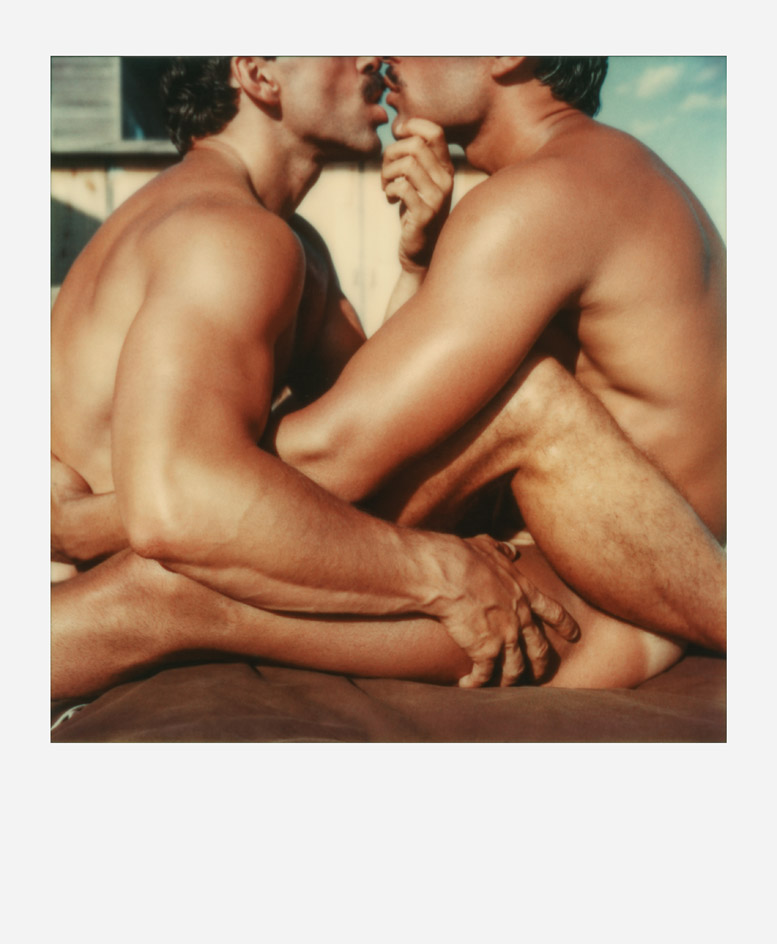
Untitled #700, 1975-83,
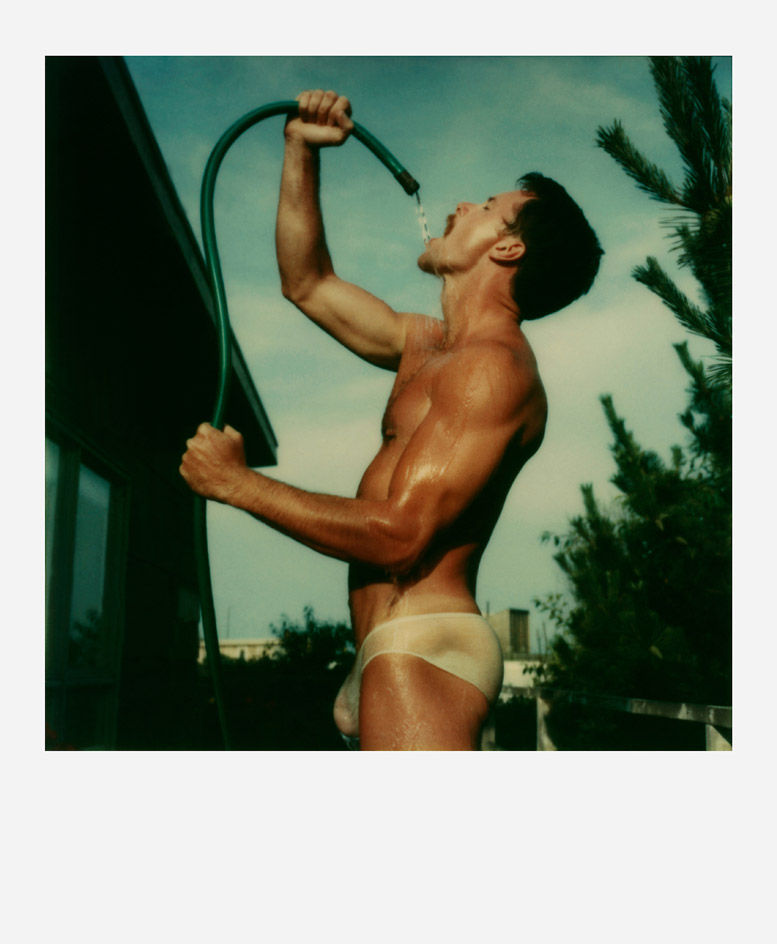
Untitled #674, 1975-83,
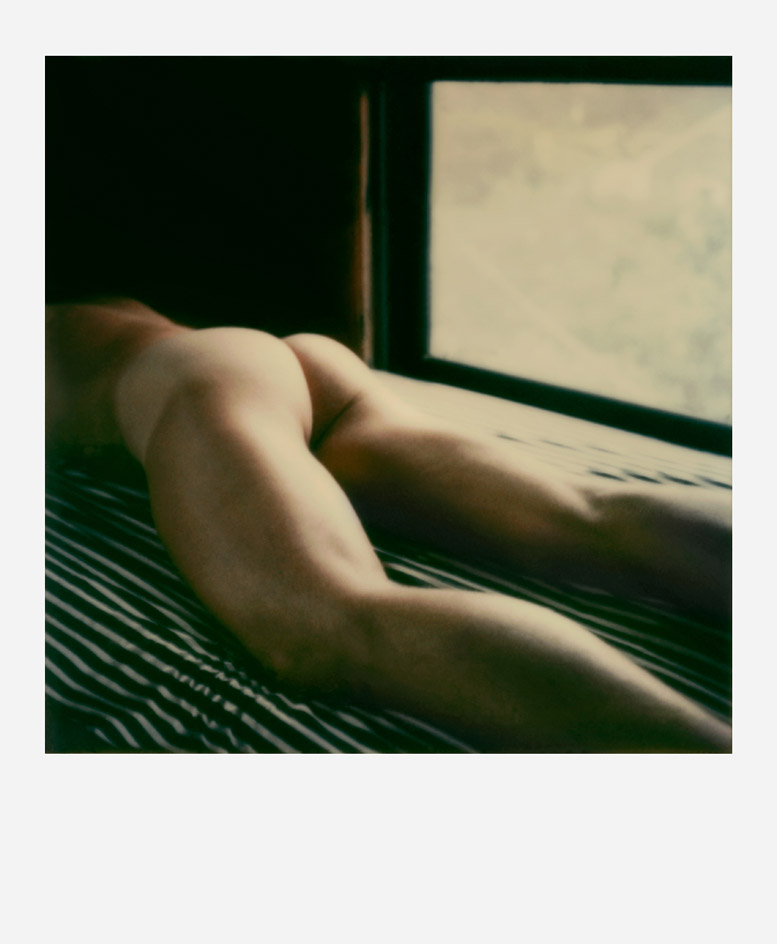
Untitled #465, 1975-83
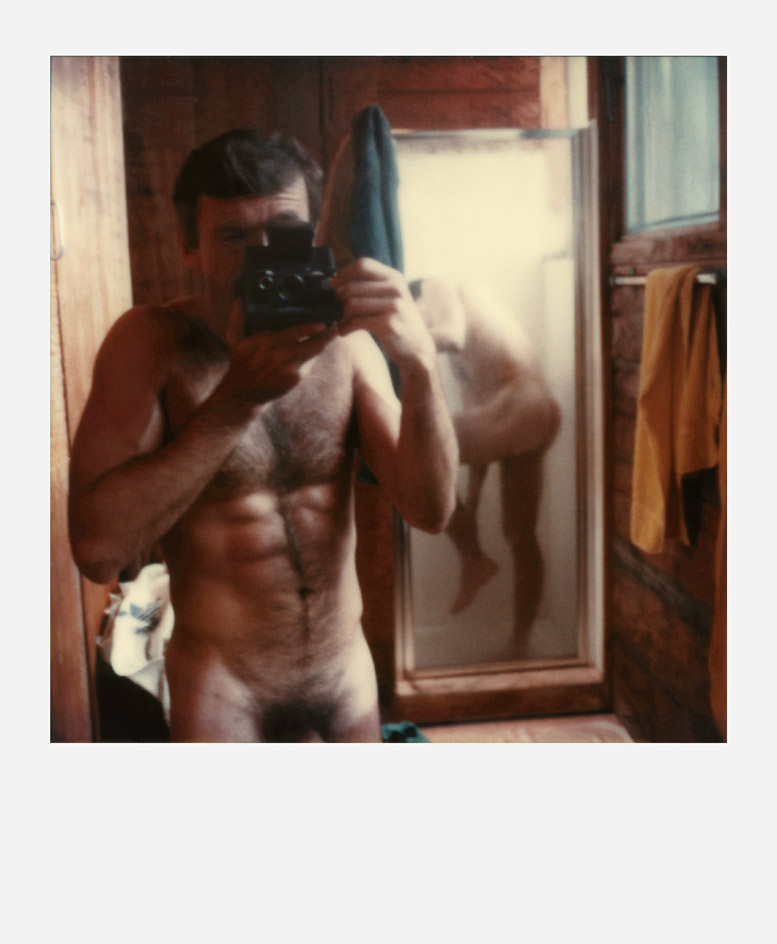
Untitled #463, 1975-83,

Untitled #33, 1975-83
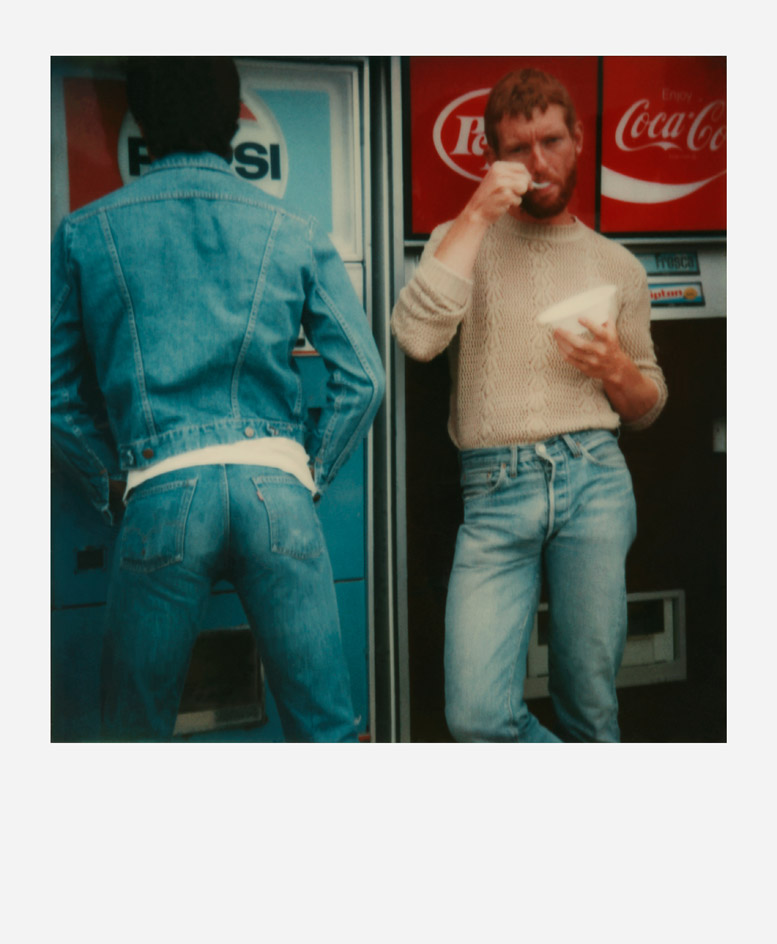
Untitled #268, 1975-83
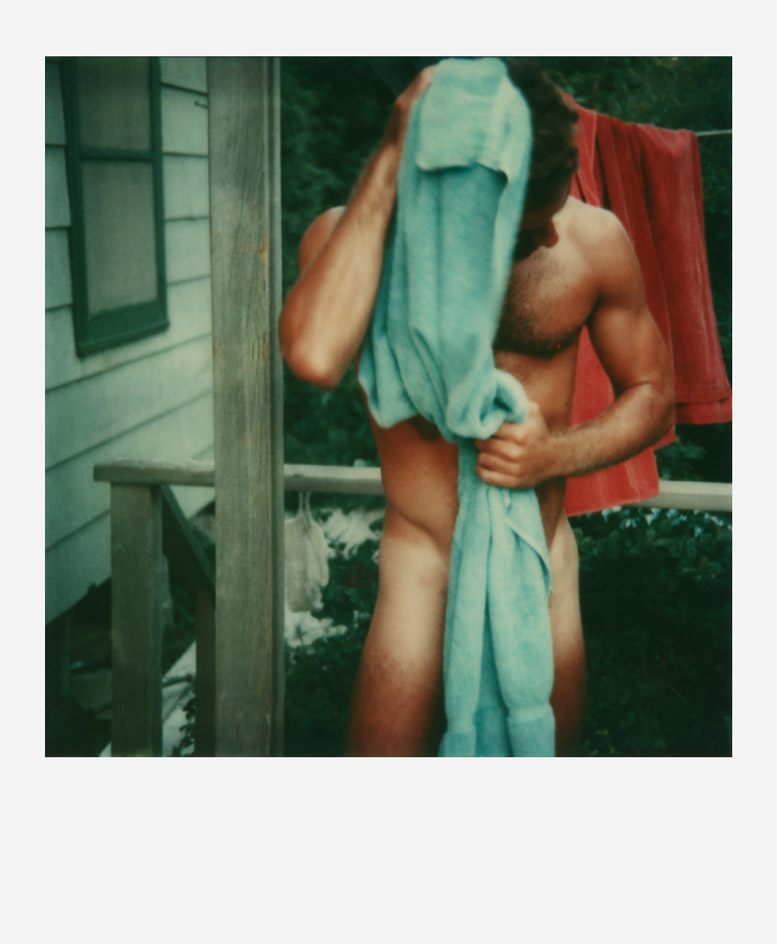
Untitled #259, 1975-83

Untitled #250, 1975-83
INFORMATION
‘Fire Island Pines: Polaroids 1975-1983’ is on view until 16 September. For more information, visit the Throckmorton Fine Art website
ADDRESS
Throckmorton Fine Art
145 E 57th Street
New York
Receive our daily digest of inspiration, escapism and design stories from around the world direct to your inbox.
Charlotte Jansen is a journalist and the author of two books on photography, Girl on Girl (2017) and Photography Now (2021). She is commissioning editor at Elephant magazine and has written on contemporary art and culture for The Guardian, the Financial Times, ELLE, the British Journal of Photography, Frieze and Artsy. Jansen is also presenter of Dior Talks podcast series, The Female Gaze.
-
 We asked six creative leaders to tell us their design predictions for the year ahead
We asked six creative leaders to tell us their design predictions for the year aheadWhat will be the trends shaping the design world in 2026? Six creative leaders share their creative predictions for next year, alongside some wise advice: be present, connect, embrace AI
-
 10 watch and jewellery moments that dazzled us in 2025
10 watch and jewellery moments that dazzled us in 2025From unexpected watch collaborations to eclectic materials and offbeat designs, here are the watch and jewellery moments we enjoyed this year
-
 Patricia Urquiola reveals an imaginative inner world in ‘Meta-Morphosa’
Patricia Urquiola reveals an imaginative inner world in ‘Meta-Morphosa’From hybrid creatures and marine motifs to experimental materials and textiles, Meta-Morphosa presents a concentrated view of Patricia Urquiola’s recent work
-
 Out of office: The Wallpaper* editors’ picks of the week
Out of office: The Wallpaper* editors’ picks of the week'Tis the season for eating and drinking, and the Wallpaper* team embraced it wholeheartedly this week. Elsewhere: the best spot in Milan for clothing repairs and outdoor swimming in December
-
 Nadia Lee Cohen distils a distant American memory into an unflinching new photo book
Nadia Lee Cohen distils a distant American memory into an unflinching new photo book‘Holy Ohio’ documents the British photographer and filmmaker’s personal journey as she reconnects with distant family and her earliest American memories
-
 Out of office: The Wallpaper* editors’ picks of the week
Out of office: The Wallpaper* editors’ picks of the weekIt’s been a week of escapism: daydreams of Ghana sparked by lively local projects, glimpses of Tokyo on nostalgic film rolls, and a charming foray into the heart of Christmas as the festive season kicks off in earnest
-
 Ed Ruscha’s foray into chocolate is sweet, smart and very American
Ed Ruscha’s foray into chocolate is sweet, smart and very AmericanArt and chocolate combine deliciously in ‘Made in California’, a project from the artist with andSons Chocolatiers
-
 Inside the work of photographer Seydou Keïta, who captured portraits across West Africa
Inside the work of photographer Seydou Keïta, who captured portraits across West Africa‘Seydou Keïta: A Tactile Lens’, an exhibition at the Brooklyn Museum, New York, celebrates the 20th-century photographer
-
 Out of office: The Wallpaper* editors’ picks of the week
Out of office: The Wallpaper* editors’ picks of the weekFrom sumo wrestling to Singaporean fare, medieval manuscripts to magnetic exhibitions, the Wallpaper* team have traversed the length and breadth of culture in the capital this week
-
 María Berrío creates fantastical worlds from Japanese-paper collages in New York
María Berrío creates fantastical worlds from Japanese-paper collages in New YorkNew York-based Colombian artist María Berrío explores a love of folklore and myth in delicate and colourful works on paper
-
 Out of office: the Wallpaper* editors’ picks of the week
Out of office: the Wallpaper* editors’ picks of the weekAs we approach Frieze, our editors have been trawling the capital's galleries. Elsewhere: a 'Wineglass' marathon, a must-see film, and a visit to a science museum